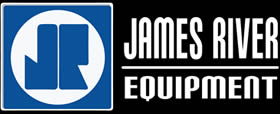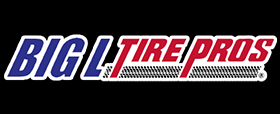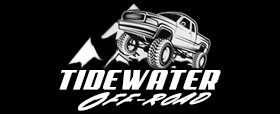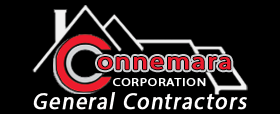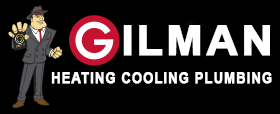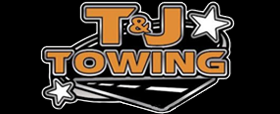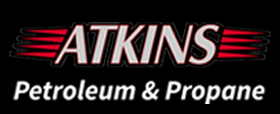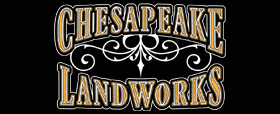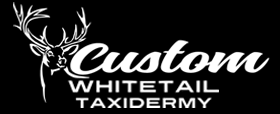Sled Information
In the early days, either a dead weight of fixed mass was dragged, or the step-on method was used, which people stood at fixed positions and stepped aboard as the sled passed. Today's sleds use a complex system of gears to move weights up to 65,000 pounds. Upon starting, all the weights are over the sled's rear axles to give an effective weight of the sled plus zero. As the tractor travels the course, the weights are pushed ahead of the sled's axles, pushing the front of the sled into the ground, synthetically creating a gain in weight until the tractor is no longer able to overcome the force of friction.
The sled can be adjusted in many ways to create a desired pull. Weight can be added or removed from the box. Adding weight on the pan can give more starting weight to the pan of the sled. The box gearing can be changed to move faster or slower, and the starting position of the box can be moved among a two feet area, affecting the distance of travel. The final adjustment is the placement of the trip, which applies the push down system to expend the full weight of the sled on to the pulling vehicle.

- Box- Contains the weight used to stop the vehicle and moves up the length of the sled rails progressively during the pull, driven off the front set of sled wheels.
- Weight Block- Most sleds use a “full block” that weighs 2,000 pounds and a “half block” weighs 1,000 pounds.
- Pan- Applies the force of the weight to the ground creating needed friction. The sled starts with only the front of the pan touching the ground. Bars attached to the bottom of the pan help make added friction at the end of the pull to stop pulling vehicle.
- Trip- Sits between the frame rails of the sled. As the box moves up the rails the trip is hit and starts the push-down system. The trip is adjustable.
- Push-Down System- Uses hydraulic cylinders to lift the back half of the sled in the air, allowing 100 percent of the sled’s weight on the pan.
- Kill Switch and Hook- The kill switch is always hooked first, allowing the sled operator to stop the engine of the attached vehicle in the event of an emergency or if the vehicle breaks free of the sled. The hook is used to connect the sled to the pulling vehicle and extends the weight of the sled to the vehicle’s hitch.
- Sled Operator- The driver of the sled. Has the responsibility of maintaining a controlled pull at all times. May pull kill switch if they feel something is out of control.




